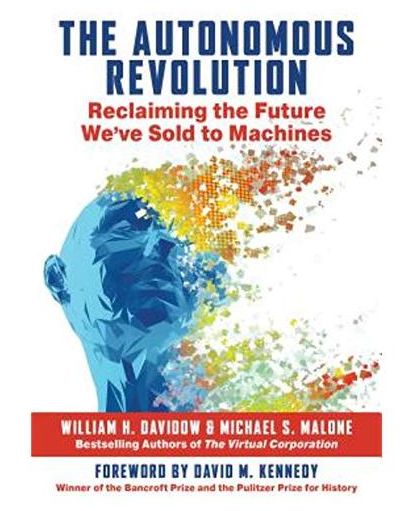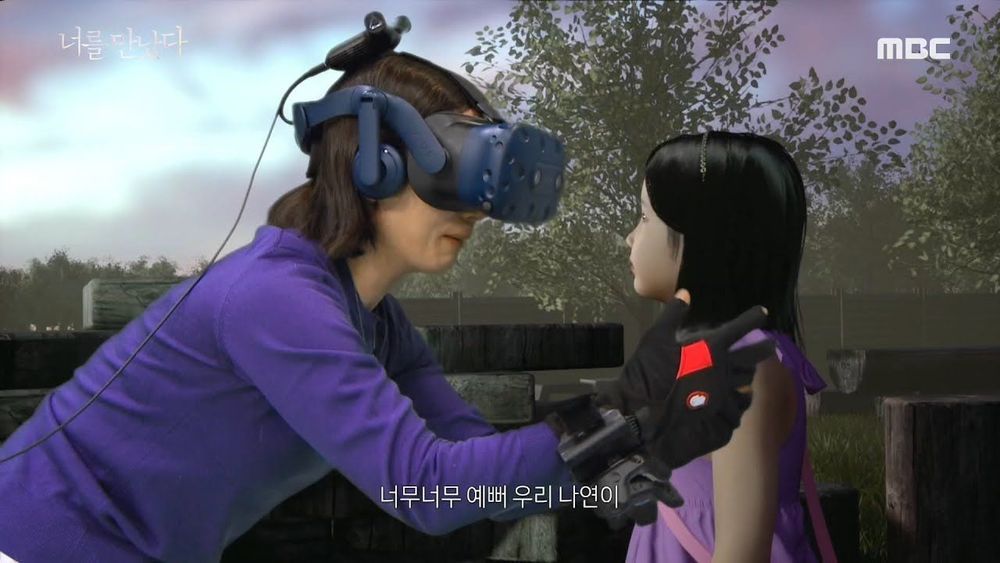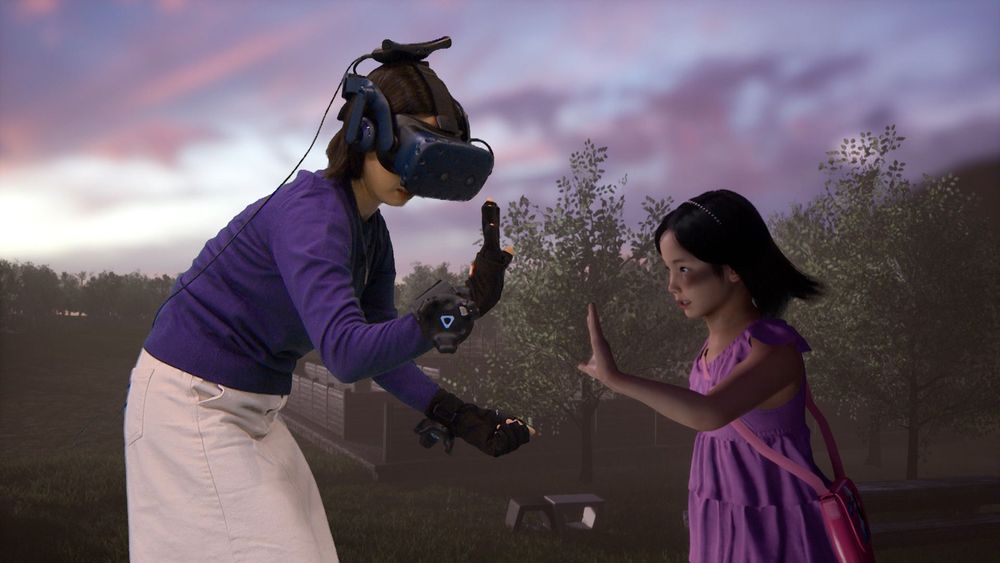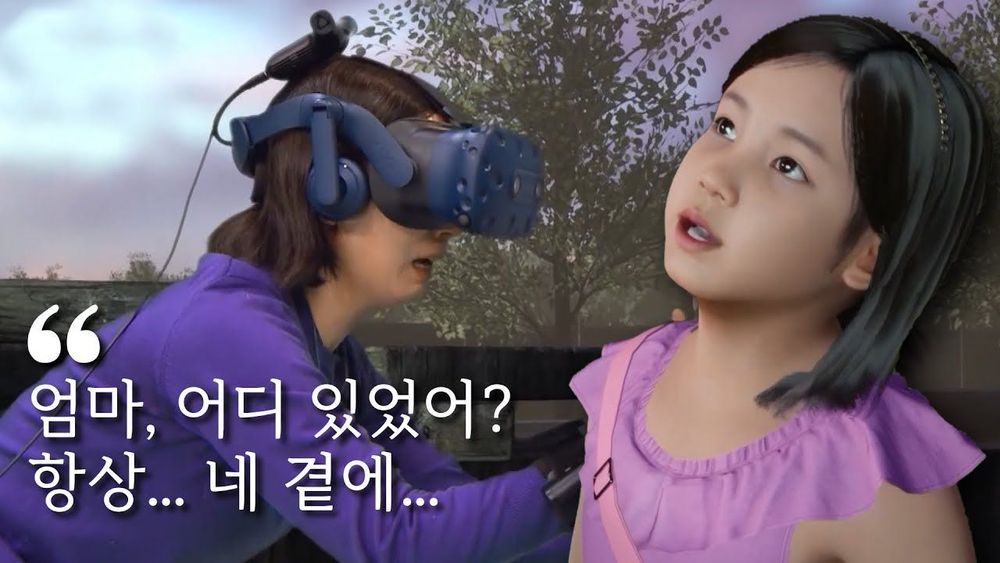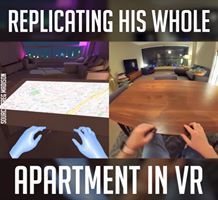Hi all! I hope you’re doing well and staying healthy! As a hobby, I have begun a futurist YouTube channel. I have just uploaded a video on why I personally believe that there may be an exodus to virtual reality in the future. Please take a look at it and subscribe and like it if you enjoyed the video!
Virtual reality is oftentimes the ultimate promise of science-fiction. Leaving behind the boring real-world for an exciting world that operates outside the bounds of reality is something that is promised to us by sci-fi. But does that mean that a large number of people would be willing to do that forever? Here’s why I believe they would.
Please like and follow our facebook page at: https://www.facebook.com/The-Futurist…
For business inquires, please contact [email protected]



